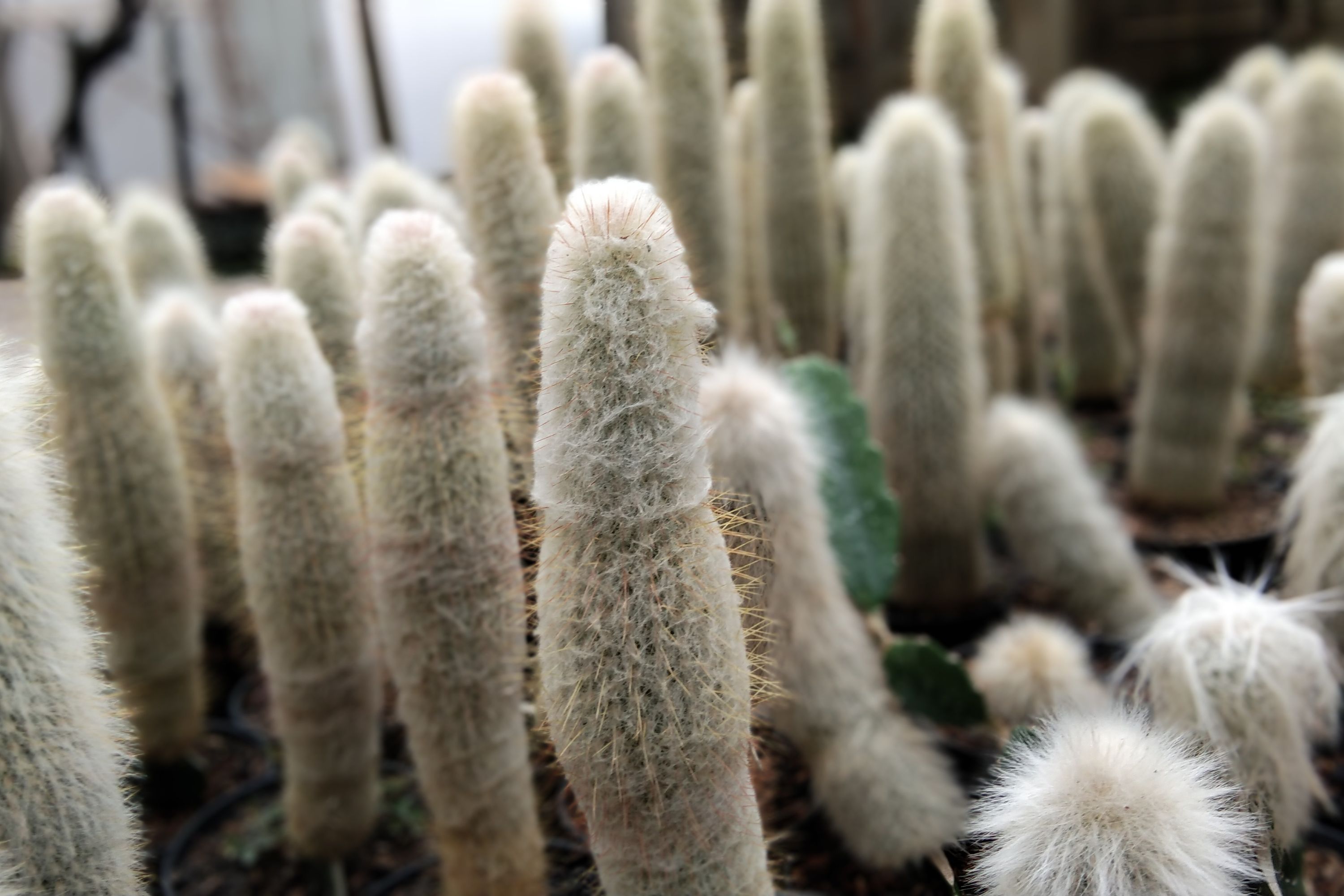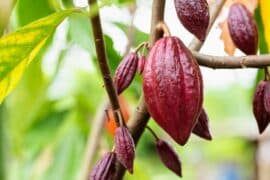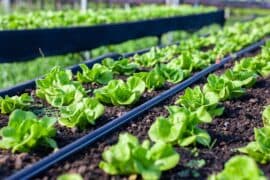Espostoa melanostele
(Espostoa melanostele)

Description
Espostoa melanostele is a species of rare, endangered, long-lived, slow-growing plant in the family Cactaceae. Horticultural collection and the fact that the plant is slow growing contribute to the fact that the plant is endangered. This xerophyte is tolerant of most droughts when mature. E. melanostele is a columnar cactus native to Peru. Spines easily detach from the plant. In rain, flowers close up completely. When dry, flowers open up again. Petals are usually joined in the wild, but some cultivated forms have prominently separated petals. Flowers are yellow, diurnal, and are rarely born on a cephalium, unlike its close cousin E. lanata. They start opening up in morning and stay open until evening, when they start to close up again for night. They are pollinated by insects. The fruit is edible, sweet, and juicy. A boost in growth is usually given by putting worm castings (earthworm feces) in the soil that the plant is living in. Care for the plant is no different from caring for other Espostoas.
Taxonomic tree:







